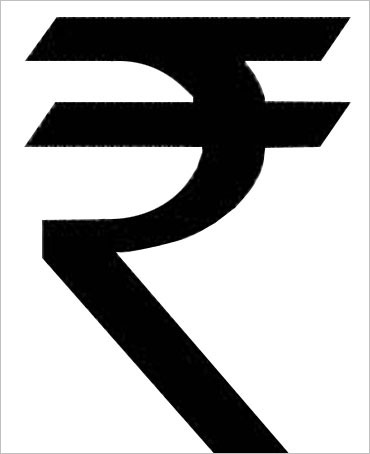
One of the themes that I have explored since I started writing for The Daily Reckoning last year, is the bad state of banks in India. And the way things are right now it doesn’t seem like the situation is going to improve on this front any time soon.
In a research note titled For banks, no respite from bad loans this year released yesterday, Crisil Research estimates that gross non performing assets or bad loans of banks will touch Rs 4,00,000 crore during the course of this year. This will mean an increase of Rs 60,000 crore. More precisely, the bad loans of banks will increase to 4.5% of the total advances of banks, from 4.3% currently.
What is worrying is that 40% of the loans restructured during 2011-2014 have become bad loans. A restructured loans is where the borrower has been allowed easier terms to repay the loan (which also entails some loss for the bank) by increasing the tenure of the loan or lowering the interest rate. If 40% of restructured loans have gone bad, it is safe to say that the banks have been essentially restructuring loans in order to postpone recognizing them as bad loans.
Crisil Research also points out that the weak assets of banks are are expected to stay high at 6 per cent of advances or Rs 5,30,000 crore. The public sector banks which are essentially in major trouble with their weak assets forming around 7% of their advances. For the private sector the number is around 2.9% of their advances.
In fact, Jayant Sinha, the minister of state for finance in a written reply told the Rajya Sabha yesterday, that around 23% of the projects to which public sector banks had given loans worth Rs 54,056.75 crore in 2014-2015, have turned into non performing assets. He told the Upper House of Parliament that 17 out of the 74 projects to which public sector banks had given loans had turned bad.
Further, some year end results of public sector banks reaffirm the bad state that they are in. Take the case of Punjab National Bank. As of March 31, 2015, its stressed assets ratio increased to 16.2%. It was at 15.4% at the end of December 2014. The stressed asset ratio is the sum of gross non performing assets(or bad loans) plus restructured loans divided by the total assets held by the Indian banking system. The borrower has either stopped to repay this loan or the loan has been restructured, where the borrower has been allowed easier terms to repay the loan by increasing the tenure of the loan or lowering the interest rate.
In Punjab National Bank’s case of every Rs 100 of loan given out by the bank, Rs 16.2 has either gone bad or has been restructured. How does the situation look on the whole? S S Mundra, deputy governor of the Reserve Bank of India gave an indication of this in a recent speech. He pointed out that the stressed assets ratio of banks in India as a whole stood at 10.9%. This meant that for every Rs 100 given out as a loan, Rs 10.9 has either gone bad or has been restructured.
As Mundra pointed out: “The level of distress is not uniform across the bank groups and is more pronounced in respect of public sector banks…The stressed assets ratio[of public sector banks] stood at 13.2%, which is nearly 230 bps[one basis point is one hundredth of a percentage] more than that for the system.” The stressed assets ratio of public sector banks as on March 31, 2014, was at 11.7%. The overall stressed assets ratio of banks was at 9.8%.
This is clear indicator that the banking sector in general and the public sector banks in particular continue to remain in a mess. In fact, the bad loans of most public sector banks which have declared results up till now, have gone up. This is primarily because the exposure of public sector banks to “vulnerable sectors is expected to remain high, just the way it was in 2014-15”. The vulnerable sectors include infrastructure, mining, aviation, steel, textile etc.
What this means is that corporates who had taken on loans from banks have been unable to repay and are now in the process of defaulting on loans or renegotiating the terms. That was the bad news. Now some good news.
A newsreport in the Daily News and Analysis points out that the defaults by small borrowers have fallen. The newsreport points out that data from the Credit Information Bureau (India), the country’s leading credit information company, shows that as on December 31, 2014, the defaults on home loans dropped to 0.5% of total advances of banks. It was at 1.06% of advances at the end of 2010.
A similar trend has been seen when it comes to personal loans as well. Defaults have fallen to 1.01% of advances from 2.65% earlier. In case of unsecured loans (like credit cards) the defaults have fallen to 1.19% of advances from 3.27% earlier.
While, the corporates have been on a defaulting spree, the individuals who take on various kinds of loans have been repaying them at a much better rate than they were in the past.
To conclude, the bigger learning here is that the small guy in this country continues to do his job well, tries to earn an honest living, repay his loans on time, and so on. The big guy, on the other hand, is out screwing the others including the banking system.
(The column originally appeared in The Daily Reckoning on May 13, 2015)